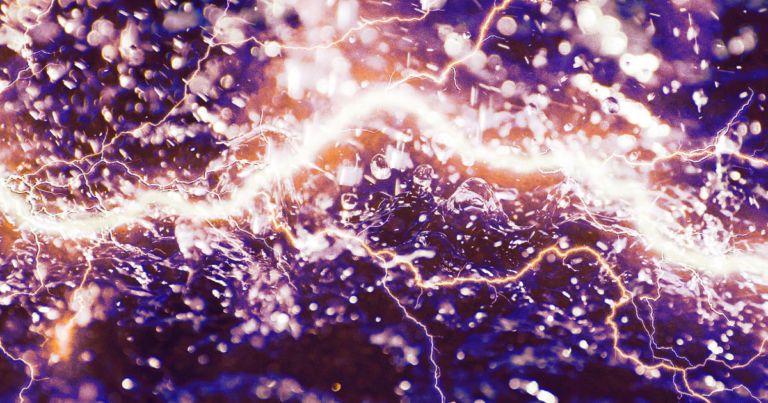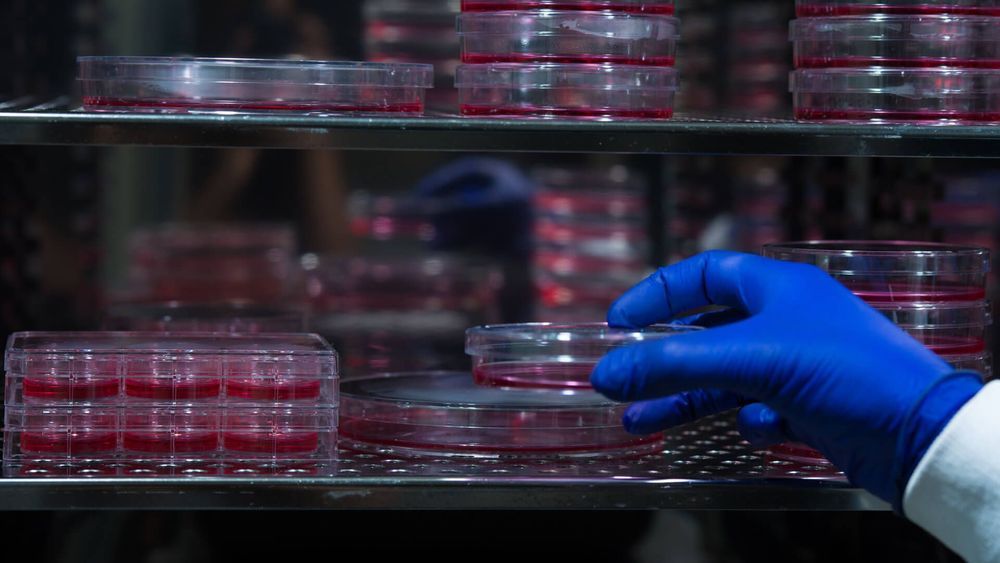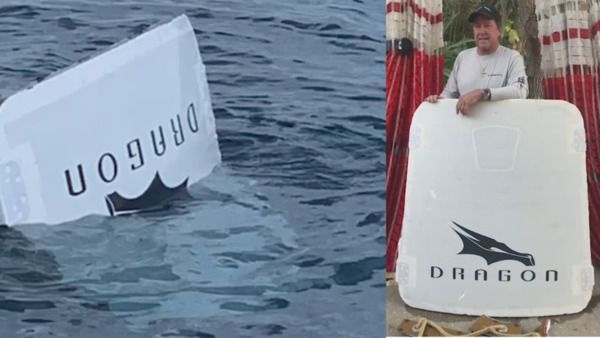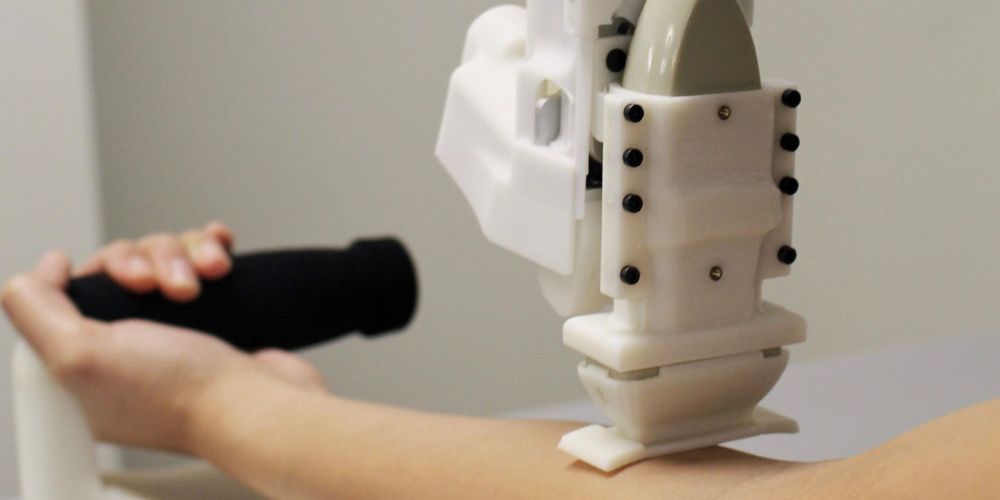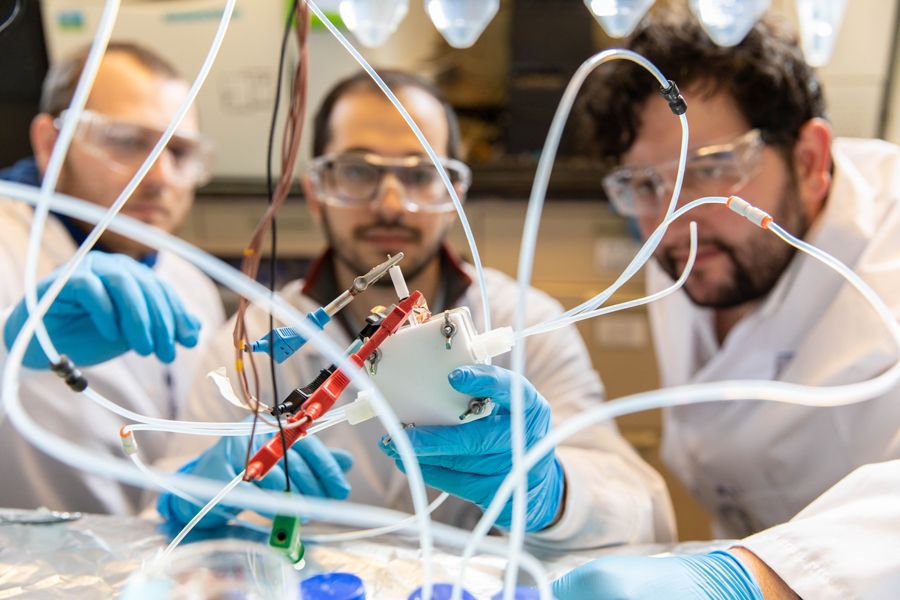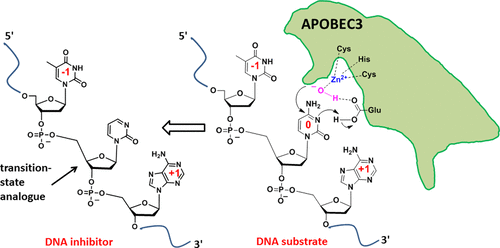A team of engineers has figured out how to take a single drop of rain and use it to generate a powerful flash of electricity.
The City University of Hong Kong researchers behind the device, which they’re calling a droplet-based electricity generator (DEG), say that a single rain droplet can briefly generate 140 volts. That was enough to briefly power 100 small lightbulbs and, while it’s not yet practical enough for everyday use, it’s a promising step toward a new form of renewable electricity.
